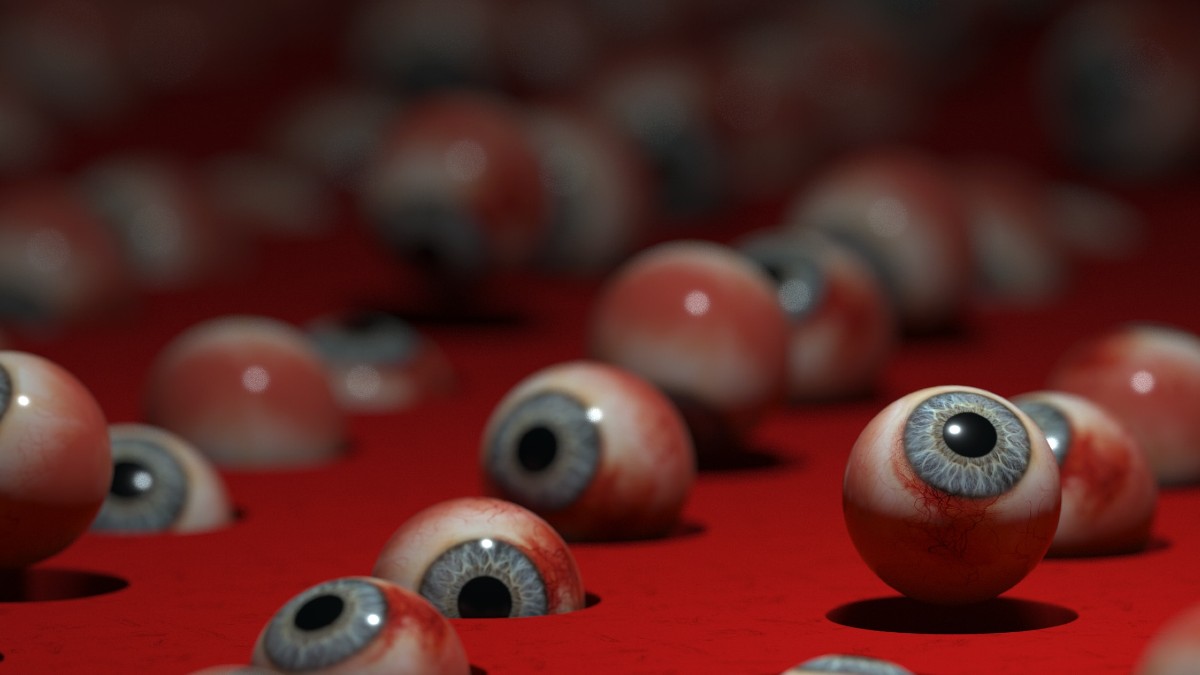
Here's How Social Media Uses The 'Baader-Meinhof Phenomenon' To Fool You
The more you see it, the more you believe it. This simple logic might have dangerous consequences for your well-being, online and offline.

By Mark Travers, Ph.D. | January 11, 2024
The "Baader-Meinhof phenomenon," also known as the "frequency illusion," occurs when something you've recently noticed, learned about or thought about appears to occur more frequently than it actually does. But, is this harmless illusion now morphing into a tool for deepening societal divisions?
The name "Baader-Meinhof phenomenon" comes from the 1970s, when people learned about the Baader-Meinhof Group (a West German far-left militant organization active during the period) and began to hear about it frequently afterward. This anecdotal experience was shared by many, leading to the adoption of the name for this specific type of cognitive bias, which is a type of mental shortcut that our brains use to process information more efficiently.
How much this shared experience had to do with traditional media coverage at the time is unclear. But, today, we know that social media algorithms are designed to feed us personalized and curated content based on our recent searches, views and interactions.
To understand the Baader-Meinhof phenomenon better, especially in the context of social media, it's important to differentiate between our brain's natural tendency to recognize patterns and the artificial amplification of these patterns by algorithmic content curation. Here are two ways to think about the "illusion" as it appears today.
1. There's A Digital Amplification Of The Brain's Selective Attention Mechanism
Selective attention is a psychological concept that plays a fundamental role in how we process the information around us. A classic study published in Neuropsychologia explains how this mechanism acts as a filter, enabling us to concentrate on certain elements in our environment while tuning out others.
What's really interesting, according to the study, is that our brain starts focusing on these elements even before we're fully aware of what we're looking at. It's like our brain is preparing us to pay attention to what it thinks will be important.
This concept is relevant when we think about the Baader-Meinhof phenomenon in the age of social media. Here's a quick scenario:
Imagine you've recently developed an interest in a specific type of cuisine, say, Korean food. You watched a few videos of Korean recipes on YouTube, browsed some related articles and maybe liked a few posts on social media. Now, suddenly, it feels like references to Korean cuisine are popping up everywhere. Your social media feeds are showing more content about Korean restaurants, friends are sharing posts about Korean dishes and you even notice Korean cookbooks while browsing a bookstore.
This scenario demonstrates the interaction between the brain's natural "selective attention" mechanism and the amplification provided by social media algorithms:
- Initially, your brain, due to its interest in Korean food, starts paying more attention to related information, a process that begins subconsciously.
- Then, social media algorithms that track your recent engagement with content related to Korean cuisine start to push more of such content onto your feed.
- The result? What started as a simple interest seems to have exploded into a ubiquitous trend.
However, this is only one piece of the puzzle. While selective attention heightens our awareness of specific stimuli, there's another psychological mechanism at work that further solidifies our belief in the increased frequency of these stimuli: confirmation bias.
2. Confirmation Bias Can Reinforce Our Perception Of Frequency To Form Echo Chambers
Confirmation bias, in simple terms, is when you strongly believe in something and your brain, on autopilot mode, looks for evidence that only supports your point of view.
In the case of the Baader-Meinhof phenomenon, once we notice a new term or concept, we unconsciously look for more instances of it. Each subsequent encounter with the term reinforces our belief that it is, indeed, occurring more frequently.
Add social media to the mix, and you have a sticky but invisible problem on your hands—an echo chamber.
A 2021 study delved into this phenomenon, especially in the context of information sharing during the Covid-19 pandemic. The study found that the interplay of confirmation bias and the echo chamber effect on social media doesn't just create isolated pockets of agreement. Instead, it leads to a more significant, far-reaching consequence—social media induced polarization.
The takeaway is that even a relatively harmless cognitive bias like the Baader-Meinhof phenomenon can be (and has been) used to spread misinformation or push agendas. As responsible users of social media, we need to be aware of the mechanisms underlying the frequency illusion, so we can make informed decisions about what we believe in.
Conclusion
The Baader-Meinhof phenomenon, intertwined with the mechanisms of selective attention and confirmation bias, is no longer about noticing a word more often. It's about how these cognitive biases, amplified by social media algorithms, can shape our perceptions and even contribute to polarization. Understanding this interplay is a necessary step for responsible digital citizenship. After all, our realities are increasingly shaped by the content we consume online.
A similar version of this article can also be found on Forbes.com, here.
